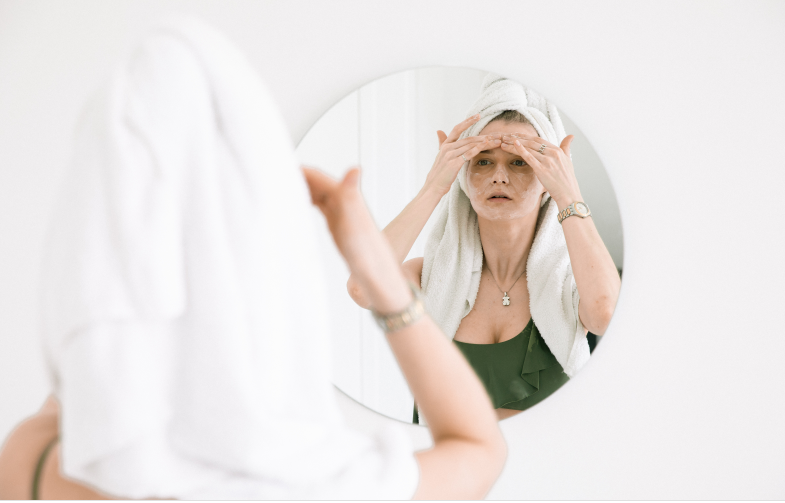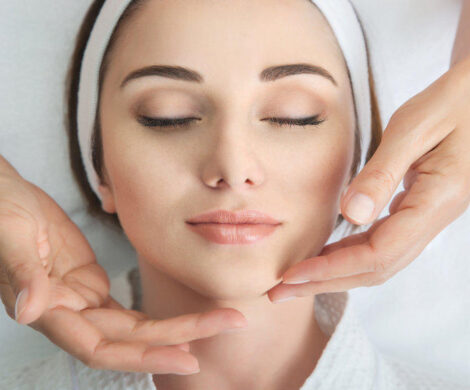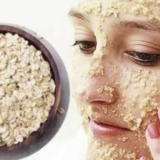How to Build a Skincare Routine Based on Your Skin Type

Nowadays, there’s a wide range of skincare trends to choose from; celebrity-endorsed products, Korean 10-step routines, and those on the more natural side. However, some of you might be wondering why certain products aren’t really producing effective results. Well, it turns out that different skin types actually require specific skincare routines. Possible skin types include balanced, dry, oily, combination, and sensitive; all of which have their own characteristics that you have to understand and manage. In this feature, we’re narrowing down the basics of each skin type and what products will help you create a routine tailored to your needs.
Basic Routine
Most routines are generally built on four simple steps: cleansing, toning, moisturizing, and protecting. We emphasize cleansing as a golden rule because it removes any makeup, dirt, environmental pollutants, and other impurities that have gathered on your face throughout the day. Cleanse before sleeping to allow your skin to breathe overnight, and in the morning to get rid of the bacteria acquired from your pillows. Follow-up with toner to balance your skin’s pH levels, and then use a cream to lock in moisture. Finally, don’t forget your sunscreen in the daytime. Go for one that’s at least SPF 15 as sun exposure can create wrinkles, discoloration spots, and speed up your skin’s aging process.
In this feature, we’re narrowing down the basics of each skin type and what products will help you create a routine tailored to your needs. Beverly Hills MD Dermal Repair Complex is a natural supplement which offers high-level anti-aging benefits for the skin by attacking the root causes of skin breakdown.
Dry Skin
Dry skin often feels tight, and it instantly drinks up moisturizer upon application. You may have dry skin if you have almost invisible pores, a dull complexion, red patches, or more visible lines. Your skin may also easily crack and peel, especially around your nose and cheek area. Moreover, you may notice that your skin does worse during fall or winter, or in environments with extreme temperatures. The key is to provide the moisture that your skin needs. So during the toning step, go for a milk-based one instead of alcohol-based, and choose a moisturizer with a richer formula to hydrate your skin more effectively. Products with shea butter and lactic acid are also great for dry skin.
Oily Skin
As the opposite of the former skin type, oily-skinned people tend to have larger, visible pores and a constantly shiny complexion. Because of excess sebum produced by sebaceous glands, bacteria can get clogged in the pores. This is why blackheads and pimples are common problems. Oiliness can also be worsened by heat or humidity, stress, and hormonal imbalances. Avoid washing your face more than twice a day, and look for the term “non-comedogenic” on your acne-prone skincare products. These are formulated to reduce pore blockages and breakouts. Moreover, go for a non-greasy moisturizer, like aloe vera because it can unclog pores while providing sufficient hydration. It also has antibacterial properties that can also help calm down breakouts.
Combination Skin
This skin type is a mix of dry and oily skin. Generally, the T-zone tends to be oiler, while the rest of the face can suffer from some dry patches. This is actually a very common skin type, and the best advice for people with combination skin is to combine the tips for dry and oily skin types too. For instance, you may want to use a gentler formula on your drier areas, and a cleanser that contains AHA for your T-zone to help treat enlarged pores. Similarly, opt for more nourishing products on the cheeks, and then use simple-ingredient products on your T-zone.
Sensitive Skin
Those who suffer from sensitive skin are sure to notice redness, itching, burning, and dryness, especially after encountering new environments or products. Even with the most basic products, sensitive skin types can still feel low-level irritation and discomfort. This is why there are sensitive skincare products that are specially designed to calm and soothe the skin. These come with key ingredients like peptides to also fortify your skin’s barrier. It’s also important to slowly incorporate products into your regimen so that your skin won’t be shocked or aggravated.
Balanced Skin
If you’ve made it up to this part without relating to any of the aforementioned skin struggles, congratulations! Perhaps you’ve been blessed with good skin genes, and you don’t have to suffer much from acne, sensitivity, or extreme dryness. Additionally, your lifestyle could be contributing to your skin’s state. Maybe you’re on a low-dairy diet or live in a place with good air quality. Either way, normal skin often has small pores and few visible concerns. Your best bet would be going with the simple 4-step routine so as not to disrupt your skin, allowing it to continue working as it usually does.
With all that explained, remember that your skin type can change with age, hormones, health-related issues, or environmental factors. So, it’s important to assess how your routine is working for you once in a while. You can also consult your dermatologist to get a more accurate assessment of your skin type, and what products are best suited for you.










